Ca’ Pesaro
The Venice International Gallery of Modern Art is housed in the magnificent palace of Ca' Pesaro, built in the second half of the 17th century at the behest of the Pesaro family and designed by the greatest Venetian Baroque architect, Baldassarre Longhena.
Useful information
Ca’ Pesaro Website
Opening Hours: 10:00 - 18:00
Ca’ Pesaro Google Maps Location
The municipal collection of modern art in Venice is initiated in 1897 to coincide with the second edition of the Biennale. In 1902 the City of Venice designates Ca' Pesaro, a prestigious Baroque palace recently donated to the city by Duchess Felicita Bevilacqua La Masa, as the permanent home of the International Gallery of Modern Art. At the same time in the mezzanine were hosted, in the years between 1908 and 1924, the historic Bevilacqua La Masa Exhibitions, which, in lively contrast to the Venice Biennials, fostered a young generation of artists including Boccioni, Casorati, Gino Rossi, and Arturo Martini.
The collection was enriched over time through purchases and donations. For the former, these are essentially the works purchased by the City at the Venice Biennales. Until the 1950s, European art is favored. Beginning in the 1960s, a new policy of purchases turns instead to European art. This resulted in particular in increased works by the group of artists already mentioned, who with the Bevilacqua La Masa Exhibitions and the battles related to them had made Ca' Pesaro famous as a driving center of renewal in Italian art.
Donations began with the founding one in 1897 by Prince Alberto Giovanelli, followed by Baron Edoardo Franchetti, Baron Ernst Seeger, Filippo Grimani, and above all the Venetian Industrialists and Merchants Association. In 1914 the most prestigious waxworks by Medardo Rosso were acquired, in the 1960s the De Lisi bequest that enriched the Gallery with works by Morandi, De Chirico, Carrà as well as Kandisky, Mirò, Matta.
The museum is included in the network of the Fondazione Musei Civici di Venezia.
The Venetian palaces
-
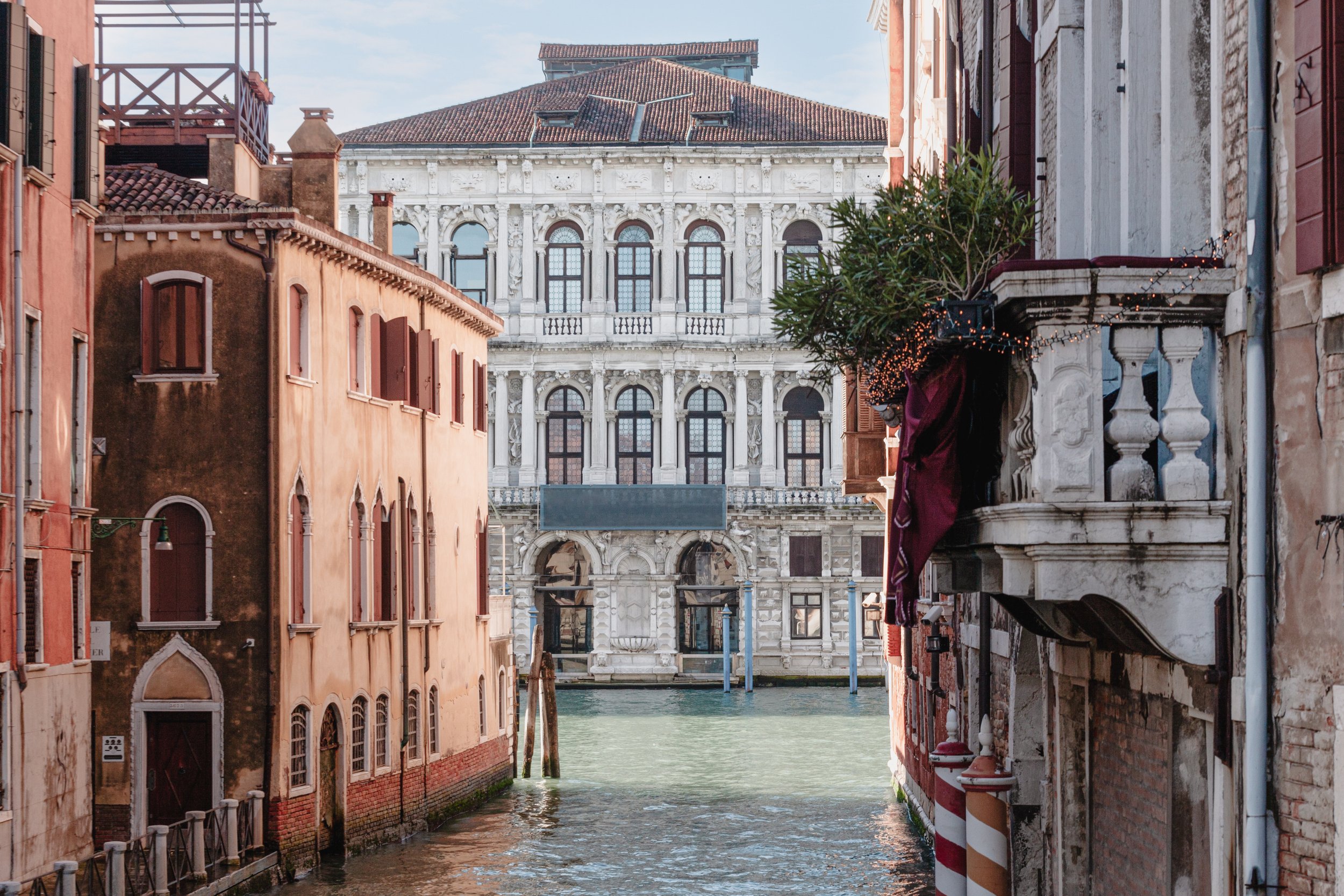
Ca' Pesaro
The Ca' Pesaro is a Baroque marble palace turned art museum, facing the Grand Canal of Venice, Italy.
-

Ca' D'Oro
One of the older palaces in the city, its name means "golden house" due to the gilt and polychrome external decorations which once adorned its walls.
-
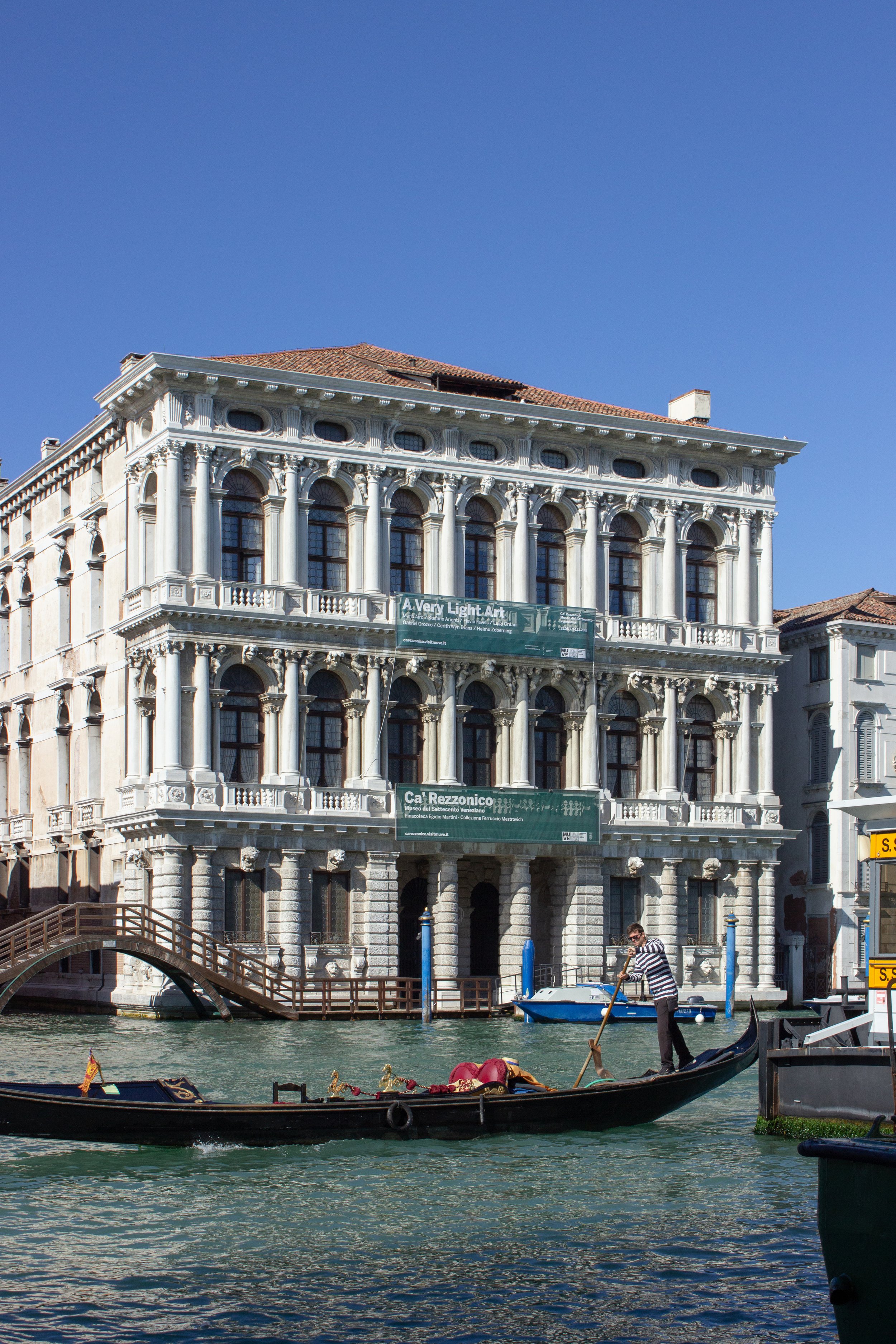
Ca' Rezzonico
It is a particularly notable example of the 18th century Venetian baroque and rococo architecture and interior decoration.
-
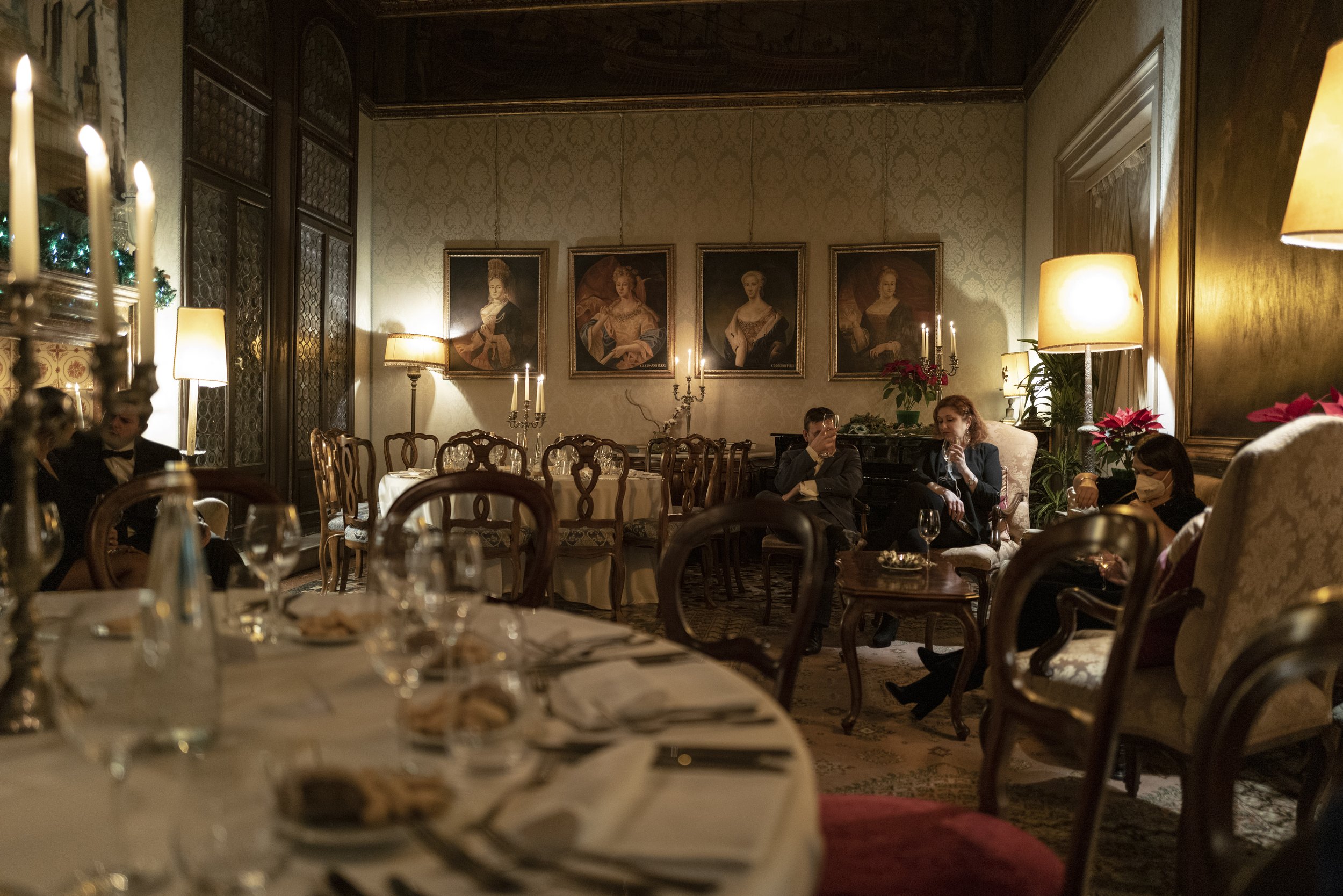
Palazzetto Pisani
The Palazzetto Pisani is a magnificent building overlooking the Grand Canal.
-
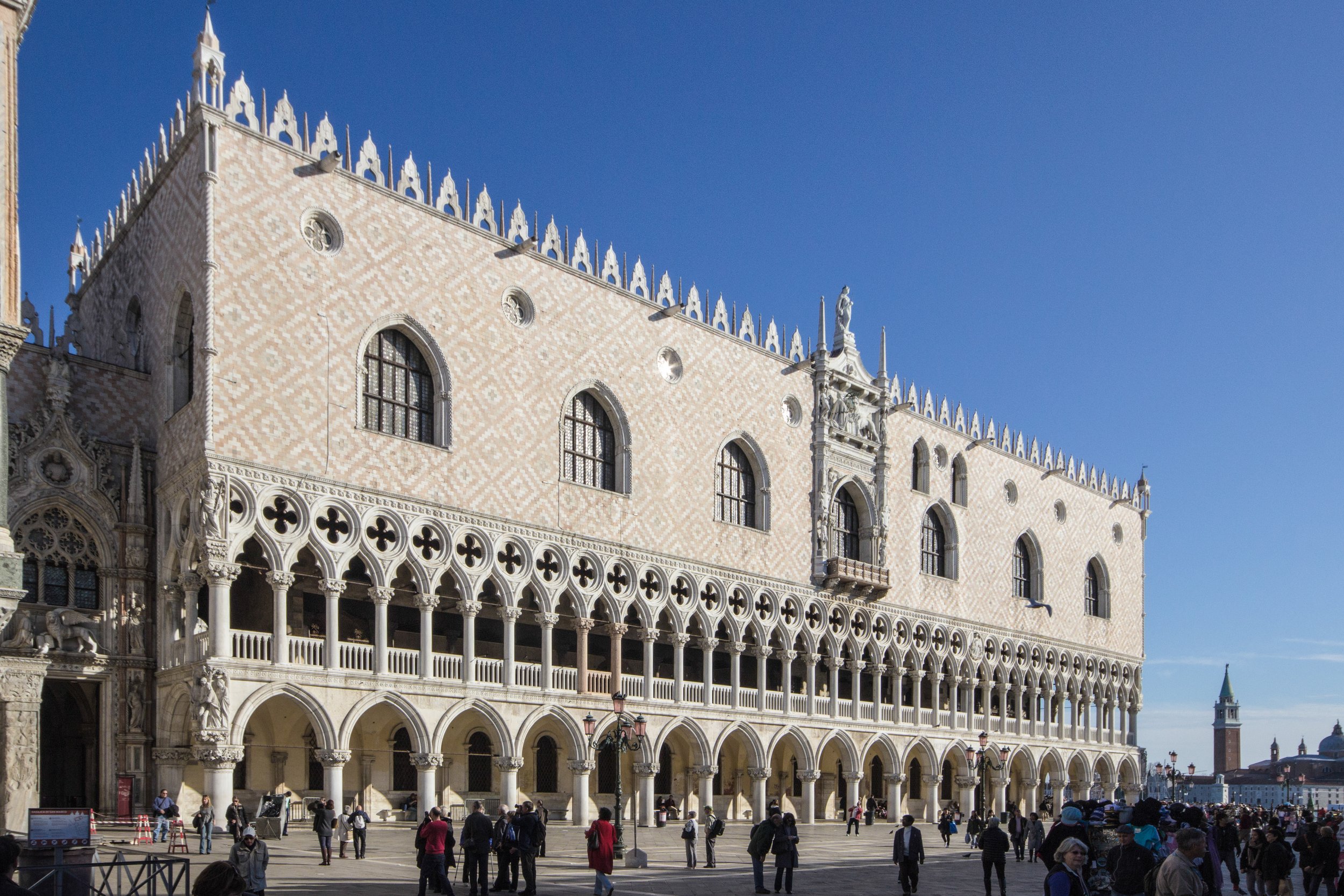
Doge's Palace - Palazzo Ducale
A masterpiece of Gothic art, the Doge's Palace is among the Serenissima's top attractions.
-

Ca' Vendramin Calergi
In this prestigious location, among famous paintings, damask rooms, and imposing Murano chandeliers, is now the Venice Casino.
-

Palazzo Grassi
The museum hosts a number of temporary exhibitions throughout the year, featuring works by artists from around the world.
-
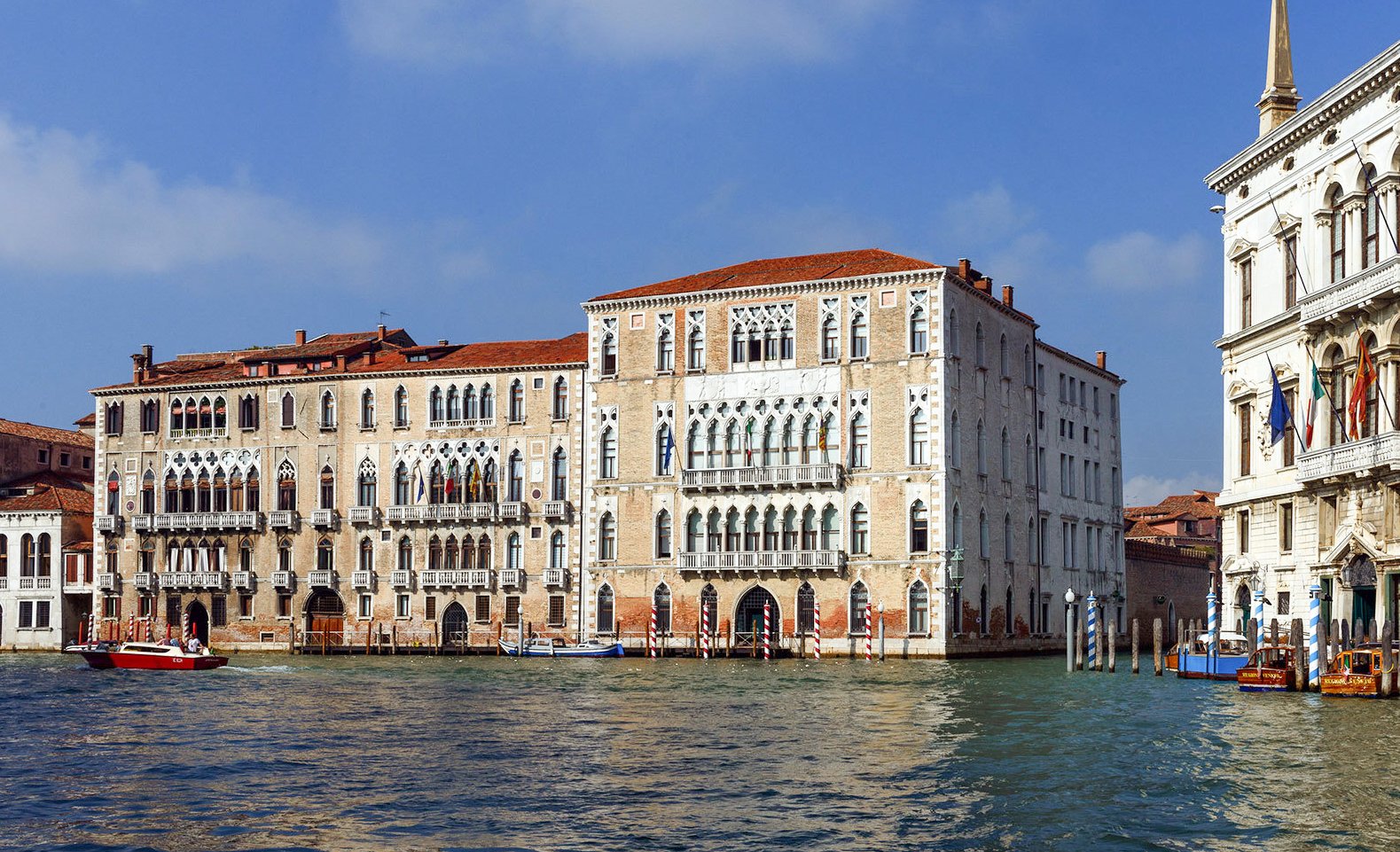
Ca' Foscari
The Foscari Giustinian complex is the headquarters of Ca' Foscari University of Venice.
-

Palazzo Mocenigo
It houses the “Study center for history of textiles, costume and perfume”.
-
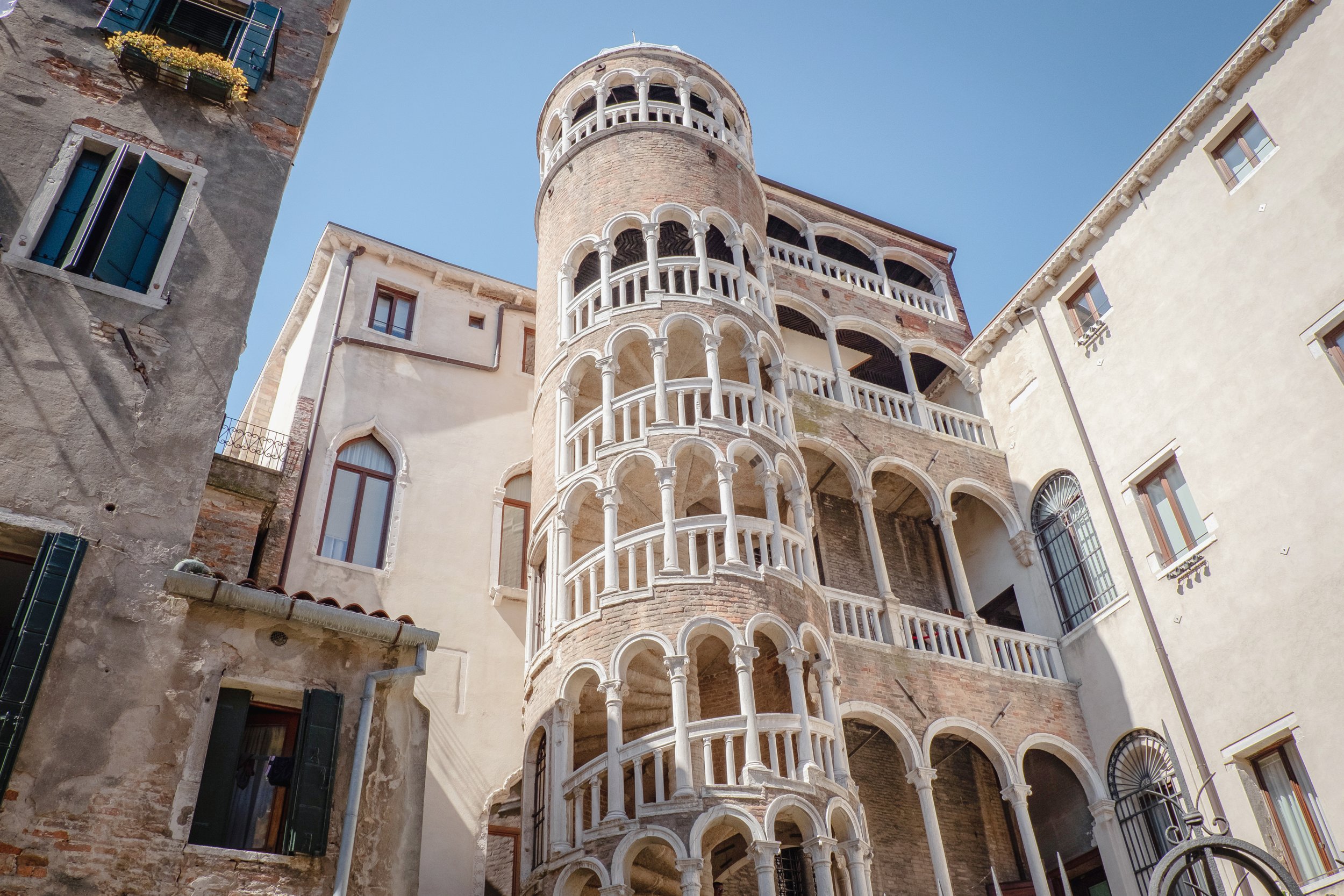
Palazzo Contarini del Bovolo
The most impressive and valuable spiral staircase in Venice.
-

Fontego dei Turchi
Natural History Museum of Venice.
-

Palazzo Fortuny
The Museo Fortuny or Fortuny Museum is an art museum in San Marco, in central Venice, Italy.
-
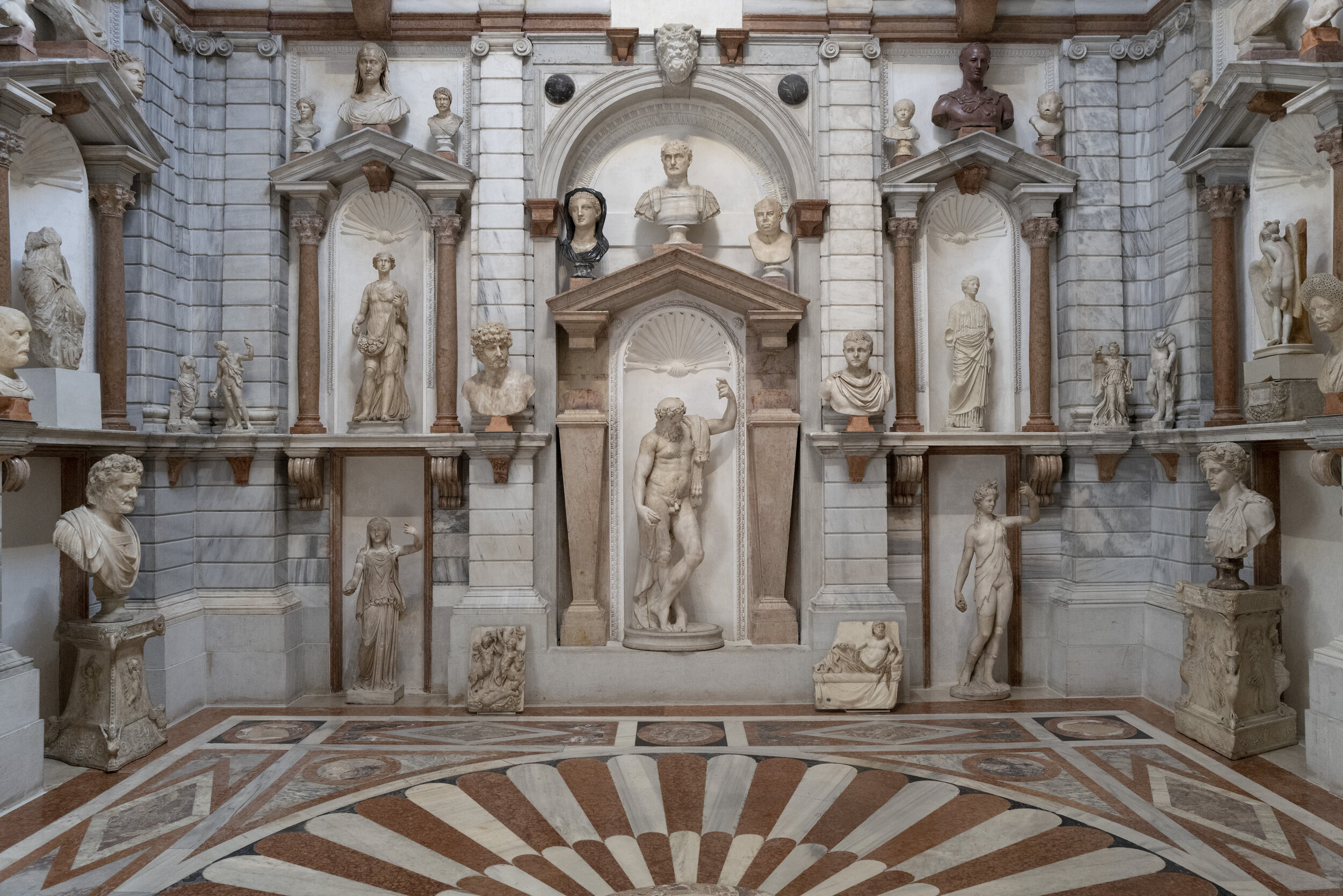
Palazzo Grimani
A unique venue for the history and architecture in Venice. Of extraordinarily high quality are the well furnished rooms.
About Venice
Palaces
Doge’s Palace - Palazzo Ducale
Islands and districts
Festival del Cinema di Venezia
Rialto Bridge - Ponte di Rialto